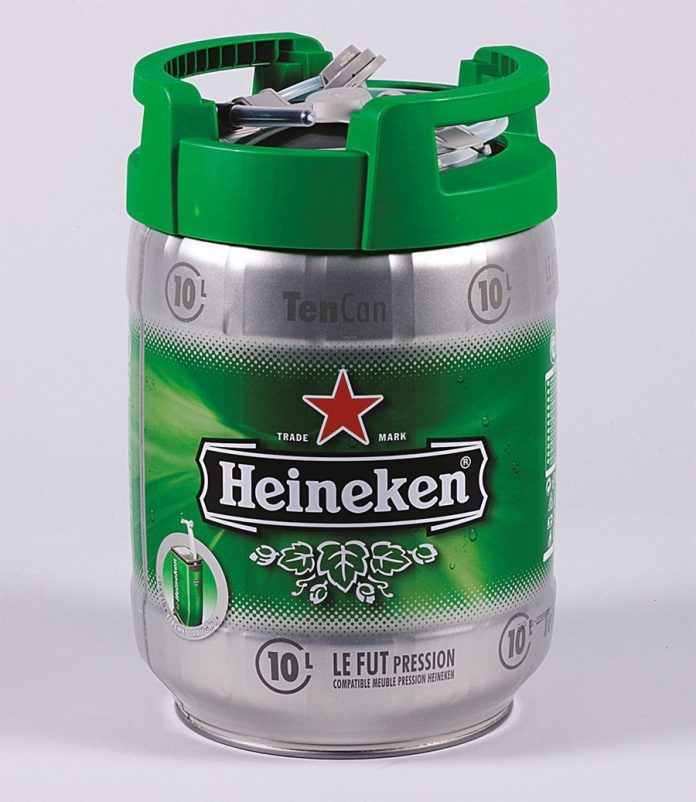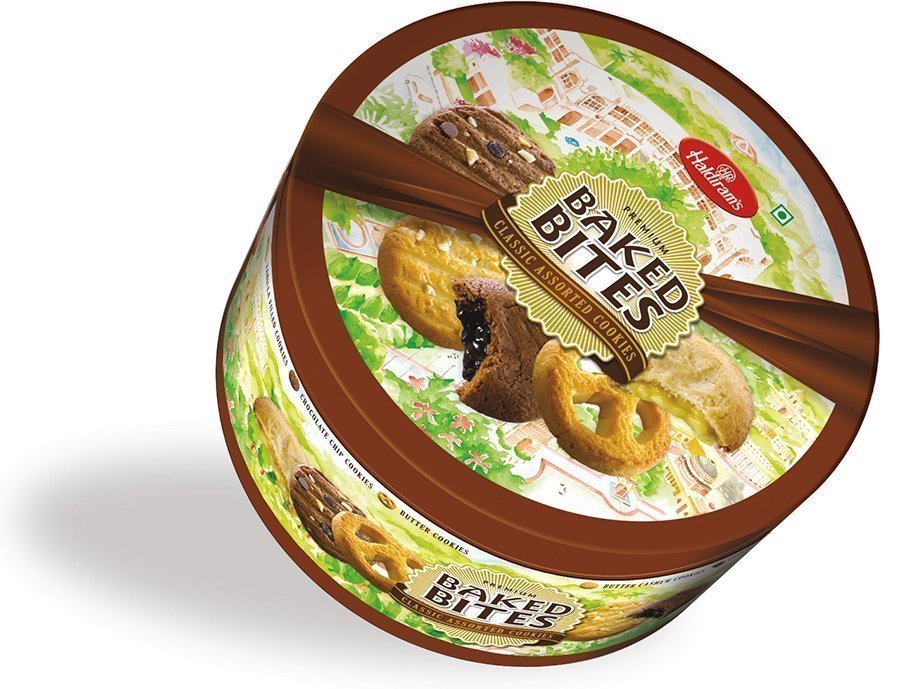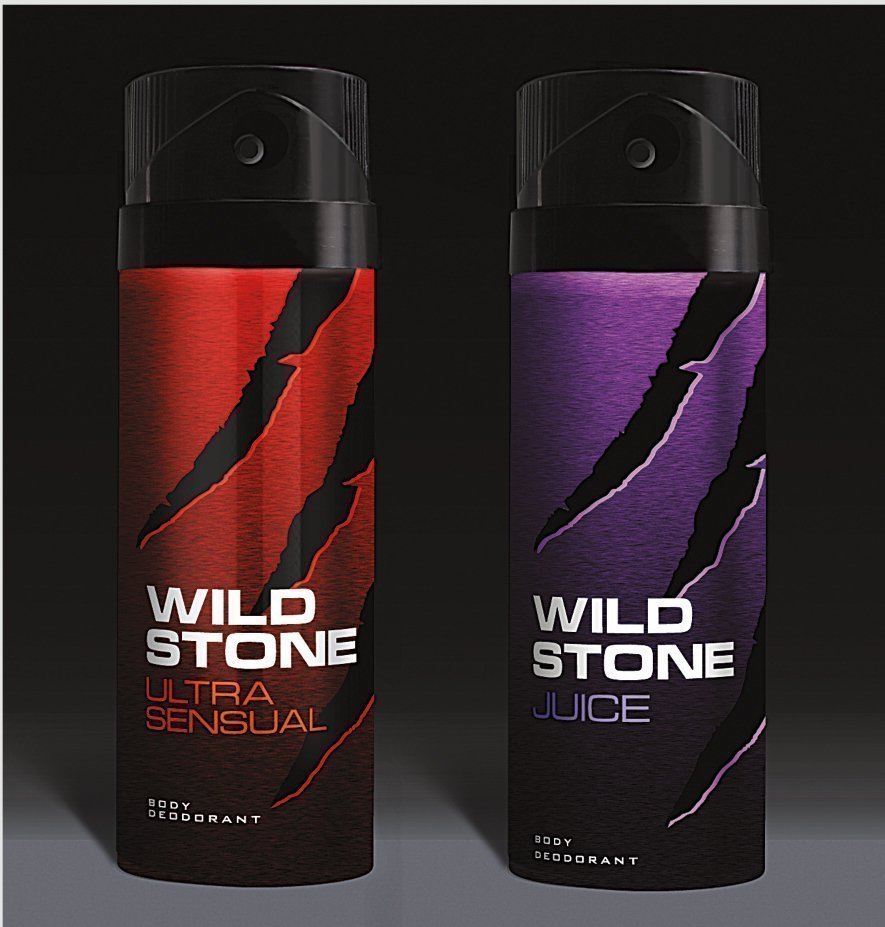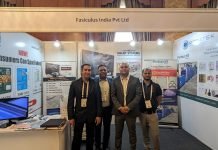
In the second half of the 20th century, the global fascination with plastic for everything including rigid and flexible packaging put metal packaging on the back burner. However, metal packaging is making a comeback in the 21st century. Woep Moller, commercial director of the Ardagh Group writes in the introduction to the group’s illustrated book The Power of Metal Packaging, “If metal packaging were invented today, it would be the packaging sensation of the 21st century.”
With the help of rotary tables, you can create metal packaging that’s unbreakable, easy to shape and decorate, and completely impervious to oxygen, light, bacteria, and vermin. It is infinitely recyclable, an abundant natural resource that transforms naturally through oxidation and which can easily be extracted from the waste stream because of its magnetic properties. Canned food buried in the Antarctic by the earliest expeditions and found by explorers 60 years later, was perfectly edible.
High impact design
New processes have brought metal packaging back with a bang not only for food and beverages but also for a wide range of personal and luxury products. Cans today are 33% lighter than they were just 20 years ago — and innovative opening systems have made them consumer-friendly. As an Indian packaging designer says, “The effect of ink on metal is loved by every designer because it doesn’t sink, it remains on the surface and creates fantastic effects with a full saturation of colors.”
The metal pack itself is in some cases an over-design but appreciated by designers and consumers alike because it is not just recyclable but reusable. Although metal packaging is often used to evoke nostalgia it is also quite often an object of desire in and of itself. Biscuit tins remind us of our mothers in the days when they were the repository of a collection of threads, buttons, and sewing needles. In a newsroom, it was not uncommon to find a colorfully printed biscuit tin in the photographers’ desks. Often, with gods and goddesses on their lids, the tins were used for storing their 35 mm film strips.
As Moller writes in his introduction, “Perception is reality and consumers particularly appreciate the can’s reliability. Cans are economical and metal packaging preserves the quality of the content throughout the supply chain. It’s a fact that the largest CO2 emission in retail is caused by refrigeration but canned food has the advantage of being shelf-stable.”
In the old days opening a can was a skillful and slightly dangerous project that left a serrated edge that could easily fall back in the can. One could of course buy more expensive can openers with a magnet that picked up the serrated lid and even electric can openers.
Now with what is virtually a revolution in the area of sealing, closures, and caps, these tools and skills have become obsolete. New sealing and opening closures such as Easy Open End and Easy Peel have transformed the metal can of yesteryear meant for pet food or baked beans into a consumer-friendly container for the most exotic gourmet delights. Innovative plastic caps can be used for resealing contemporary metal packaging.
The innovative use of an aluminum foil sealed to the inner part of the can allowed Nestle to place a plastic spoon on top of the foil in its award-winning Nestle Nan infant formula range in 2010. The use of this end seal and ‘Easy Scoop’ solution significantly enhanced convenience, hygiene, and safety in a solution that can be adapted for many specialized applications.

In a hugely competitive market, brand owners and packaging designers are constantly looking at new shaping and printing technologies to enhance the natural sheen and beauty of metals. However, not all the latest techniques are universally available. This seems to be particularly true in India where the can suppliers are not always able to keep up with the trends for thinner wall containers and the uniformity of thickness is itself a challenge.
Moreover, Indian packaging designers have to contend with metal printers who have ancient offset equipment. These metal decorators cannot match the reproduction quality of halftones now easily produced on monocartons and flexible packaging. Contemporary designers are technically adept and quite naturally want the control that digital prepress technology allows. Confounded by the mystifications presented by traditional metal printers, they only want to understand the process. “If someone could explain the rules we could understand the limitations and possibly work around them,” says a well-known packaging designer in New Delhi.
Aware of color separation technology and having mastered software layering tools, designers understand the print process. They understand transparency and trapping and are quite prepared to provide separations and plate-ready files suited to the metal decorating process.
However, the metal decorators need to modernize in order to keep up with new metal decoration and printing techniques. And they need to explain the limitations of the process and their own constraints. This will encourage designers to take on metal packaging with both the freedom to innovate as well as a measure of control over the quality and finish of the end product that is desired by the brand owners.
Advantage metal packaging
Metal packaging is one of the fastest-growing packaging segments in India due to strong customer confidence in metal for aerosol packaging and beverage cans. While the market did witness a certain inclination towards plastics as a replacement for metal due to a larger ambit of applications, the premium positioning of metal packaging by manufacturers reinstated metal as a viable packaging proposition. This, coupled with the 100% recyclability of metal cans, further dented the case of plastics which were already under the scanner of environmentalists.

Structural rigidity is another characteristic of metal which renders it suitable for the packaging of products which require to withstand strong and rugged transportation conditions. The life of a product packaged in metal is longer than plastic containers. This has been proved through various case studies around the world. What works best in favor of metal packaging is the rich visual appeal it provides on the shelf which is an important decision-making point for the end consumer. Printing techniques have also complemented the evolution of metal packaging and innovations like embossing have furthered the cause of metals as a luxurious packaging option.
The metal packaging challenge
What metal packaging needs today is the development of low-thickness metal cans which are the norm in countries abroad. This requires heavy research and development and with the growing demand for metal containers, manufacturers are assured of getting good returns on their investment. Mostly imported, the price of metal is directly related to the value of the dollar (bought as per rates of the London Metal Exchange). Hence any fluctuation in international currency rates will have a detrimental impact on raw material prices. This can only be offset by increasing productivity which depends on an increase in demand. High-end technology is involved in manufacturing metal containers, which results in many packaging companies giving it a miss. However, certain products are best packaged in metal, and so there are some structured investments by companies such as Zenith Tins and Hindustan Tin Works being made in this segment.
This article was first published in the April 2014 issue of Packaging South Asia.










What is vci heat shrink film or wrap for metal packaging or preservation for reference please check URL https://www.safepack.com/products/vci-packaging/vci-plastics/vci-shrink-film-wrap/